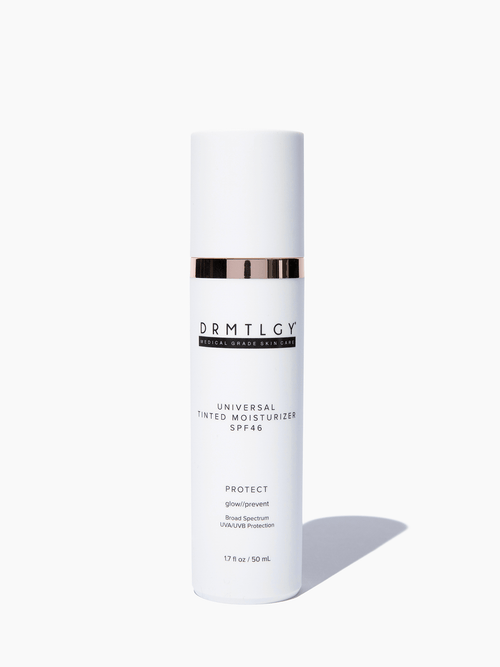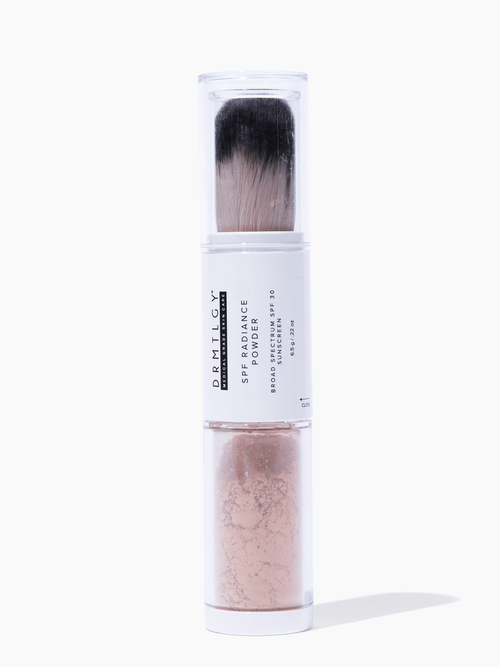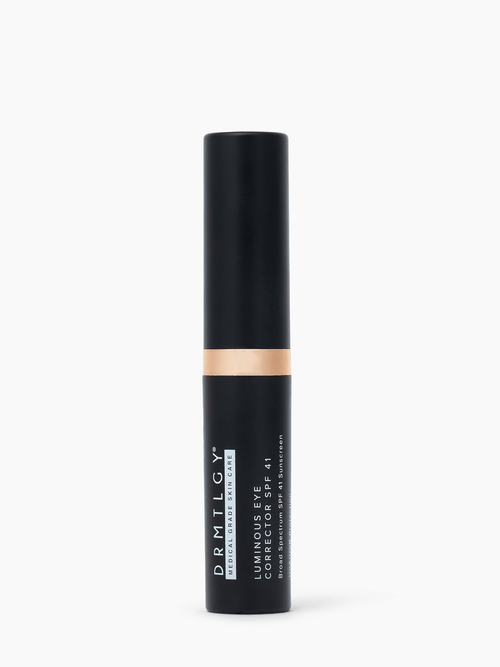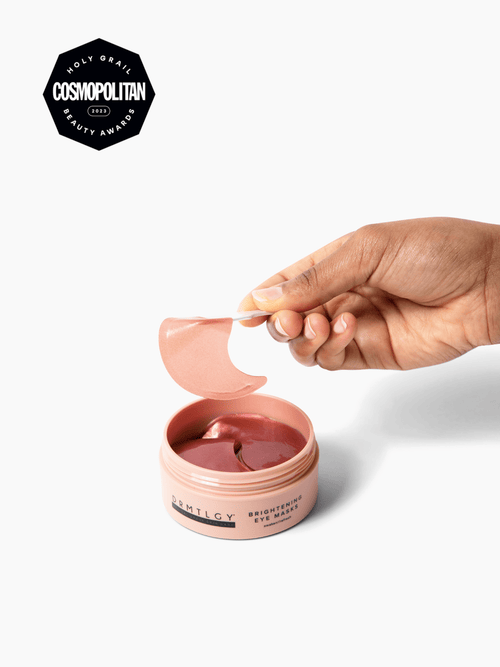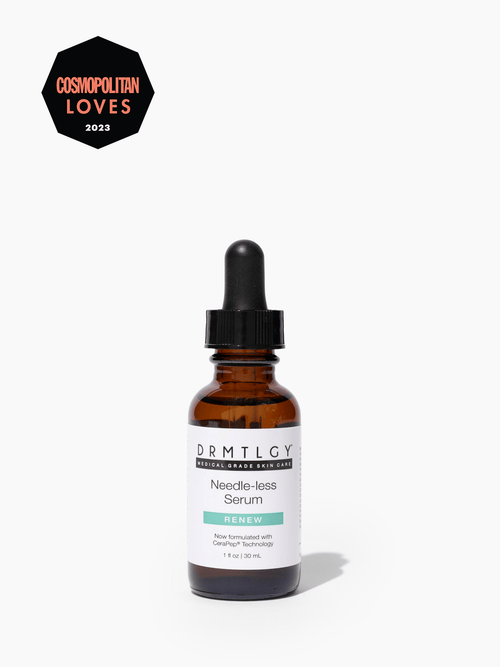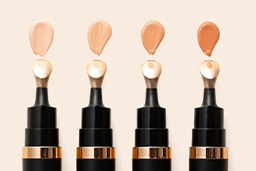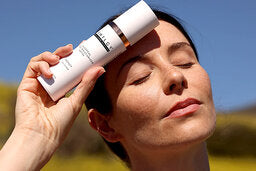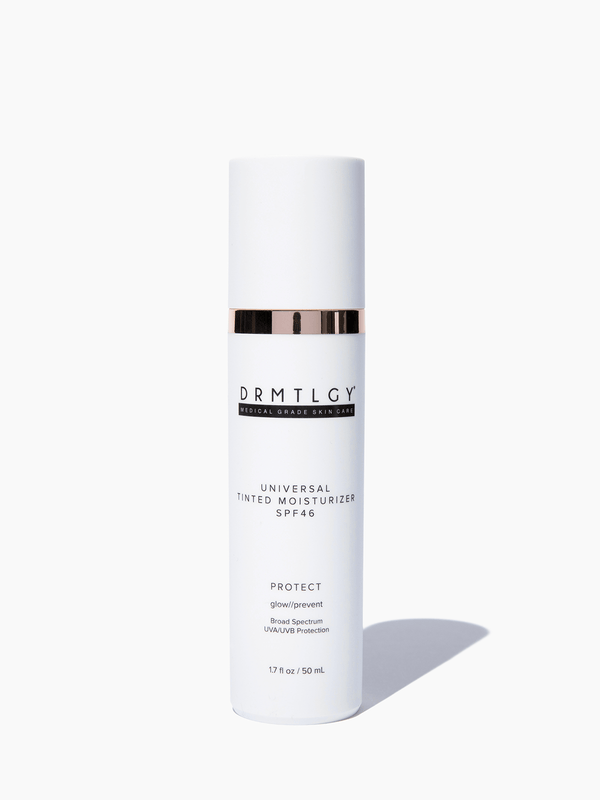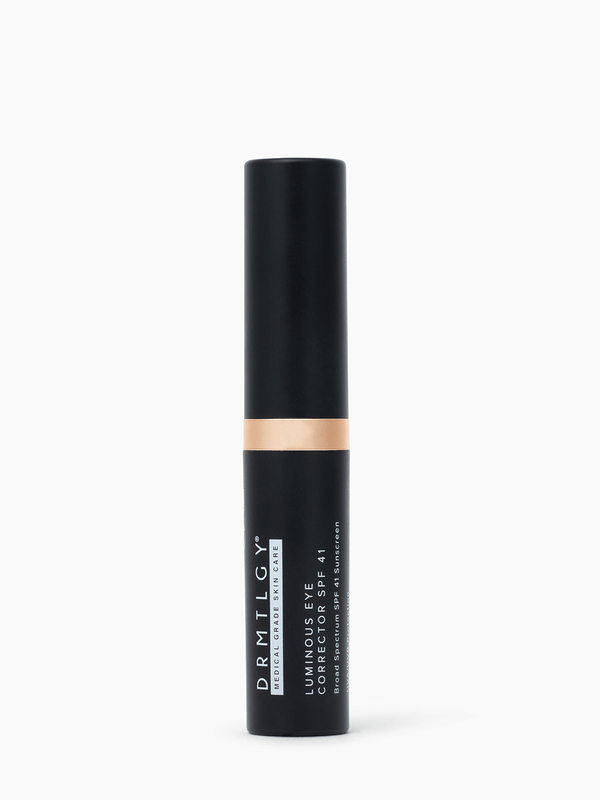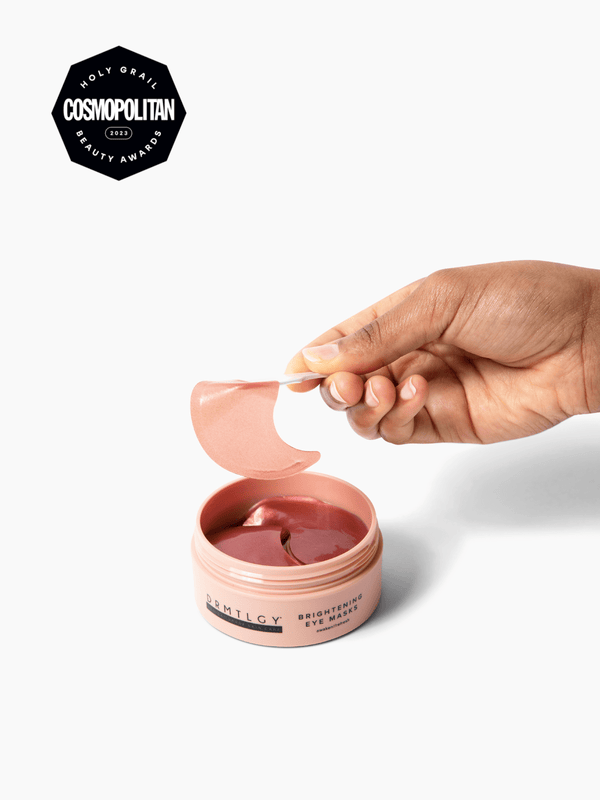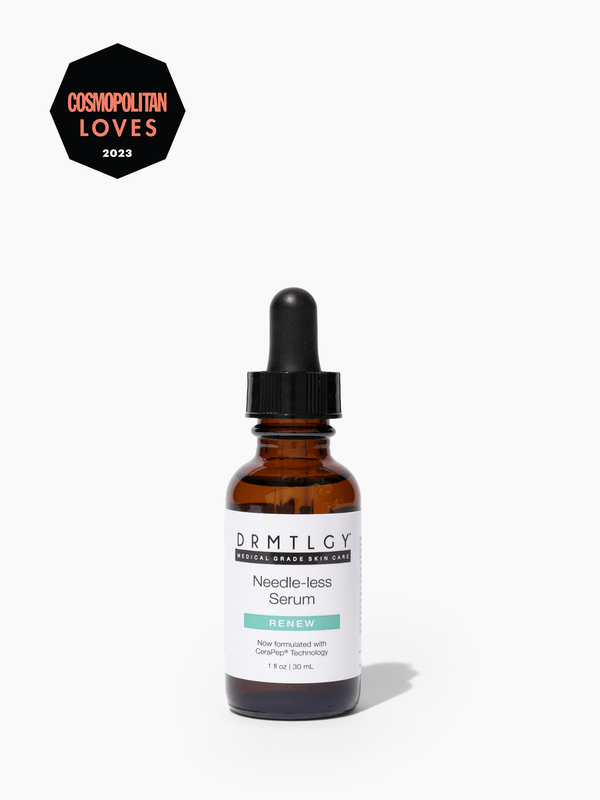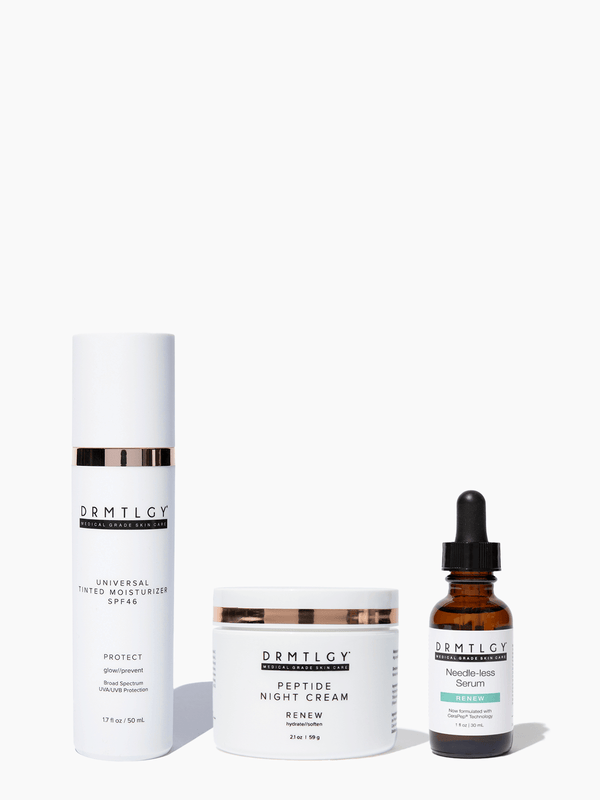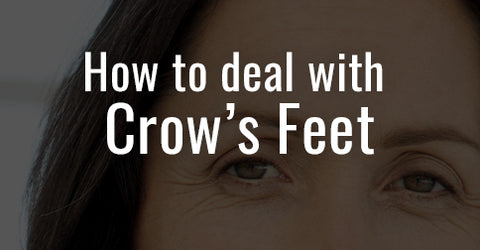
Crow’s feet are the small wrinkles that form around the corners of our eyes as we age. Aptly named, they tend to resemble the foot of a crow (though sadly, often with more toes). While all wrinkles and fine lines can be a nuisance, crow’s feet are particularly difficult to deal with for several reasons.
Where fine lines and surface wrinkles can often be treated with serums and moisturizers, crow’s feet are typically less responsive. This is in part due to the thin, delicate skin that surrounds the eyes, but also because that area is seldom in a state of rest. The skin on the sides of our eyes moves constantly—laughing, crying, blinking. Every facial expression we make contributes to the inevitable formation of wrinkles.
Unfortunately, there is no absolute cure to reversing the pesky lines around your eyes, but there are several ways to help improve them and prevent them from worsening.
Prevention
Like everything in skin care, prevention is the best medicine. While never smiling or laughing again is one option, it sounds both unpleasant and impossible. Instead, opt for a broad spectrum sunscreen. The sun is the number one source of all wrinkles. UV rays penetrate deep and aggressively deplete our skin’s firmness and elasticity. Be sure to use sunscreens that are oil-free and mild enough for the eye area—typically ones that are high in zinc oxide are safest.
Treatment
The skin around our eyes is the thinnest on our bodies, making it the easiest to dry out and wrinkle. A healthy, gentle skin care routine is your best bet at treating crow’s feet without having needles injected near your eyes. Eye creams that work to keep that skin hydrated are important, but certain anti-aging ingredients are more beneficial than others.
Palmitoyl Peptides and vitamin K have both been clinically proven to strengthen capillaries, increasing the tenacity and flexibility of the skin where crow’s feet form. Niacinamide and hyaluronic acid-based serums can also work wonders for eyes, as they penetrate deeper into the skin, plumping lines on a cellular level. As an added bonus, this also helps prevent puffy eye bags and dark circles from forming.
Exfoliation has also shown to be impressively effective at combating crow’s feet—and surface wrinkles in general, for that matter. Exfoliating scrubs can be tricky for crow’s feet, as the granules can cause stinging and irritation if they wind up in your eye. Instead, opt for a chemical exfoliant, like AHAs or BHAs. These will help plump your skin and improve the texture, without the risk of tears. Here's a more in-depth dive into the world of exfoliation.
Whether you use eye creams, moisturizers, serums, or a combination, diligence is critical. Apply the treatments twice per day (mornings and evenings), and do your best not to fall out of the routine. As is the case with nearly every skin care treatment, results are most apparent with sustained usage.
Journal of Cosmetic Dermatology, 2009, pages 228-233
The British Journal of Dermatology, 2011, pages 1011-1021
Clinical Interventions in Aging, 2006, pages 327-348
